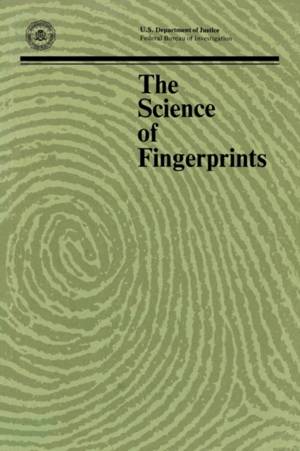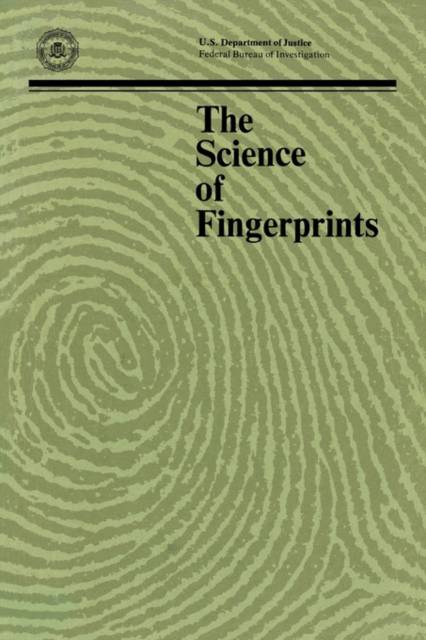
- Afhalen na 1 uur in een winkel met voorraad
- Gratis thuislevering in België vanaf € 30
- Ruim aanbod met 7 miljoen producten
- Afhalen na 1 uur in een winkel met voorraad
- Gratis thuislevering in België vanaf € 30
- Ruim aanbod met 7 miljoen producten
Zoeken
The Science of Fingerprints
Classification and Uses
Federal Bureau of Investigation, Department of Justice
Paperback | Engels
€ 27,95
+ 55 punten
Omschrijving
Criminal identification through the use of fingerprints is one of the most valued tools for obtaining the capture of criminal fugitives; determining the prior arrest records of arrested individuals; and identifying amnesia victims, missing persons, and unknown deceased. As a method of identification, fingerprinting has been by far the least fallible and most feasible method developed in the past century. "The Science of Fingerprints: Classification and Uses" was developed by the Federal Bureau of Investigation (FBI) as a concise reference source regarding the analysis, classification, and taking of fingerprints by law enforcement personnel. This profusely illustrated handbook covers: Types of patterns and their interpretation; The classification formula and extensions; Filing, searching, and referencing; The National Crime Information Center Fingerprint Classification System. In addition to this valuable overview of fingerprint theory and analysis, "The Science of Fingerprints" provides detailed explanations of: The techniques for taking a good fingerprint; Problems in taking inked fingerprints; Problems and practices in fingerprinting the dead; Latent impressions; Powdering and lifting latent prints; Preparation of fingerprint charts for court testimony. The science of fingerprints constitutes an eloquent drama of human lives, both good and evil. Federal, state, and local law enforcement professionals who deal with the real-life apprehension of criminals and identification of crime and disaster victims will find "The Science of Fingerprints" an invaluable ally in this ongoing effort.
Specificaties
Betrokkenen
- Auteur(s):
- Uitgeverij:
Inhoud
- Aantal bladzijden:
- 218
- Taal:
- Engels
Eigenschappen
- Productcode (EAN):
- 9781780390345
- Verschijningsdatum:
- 1/12/2010
- Uitvoering:
- Paperback
- Formaat:
- Trade paperback (VS)
- Afmetingen:
- 152 mm x 229 mm
- Gewicht:
- 272 g

Alleen bij Standaard Boekhandel
+ 55 punten op je klantenkaart van Standaard Boekhandel
Beoordelingen
We publiceren alleen reviews die voldoen aan de voorwaarden voor reviews. Bekijk onze voorwaarden voor reviews.











